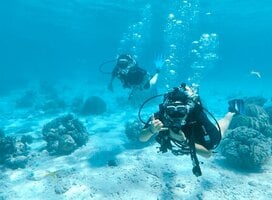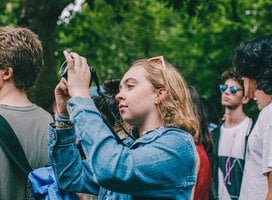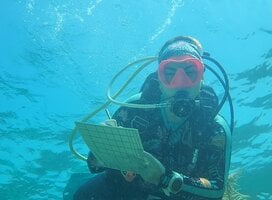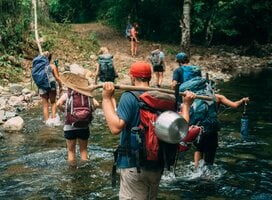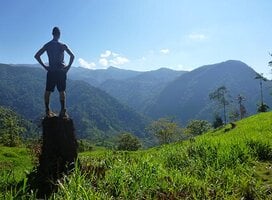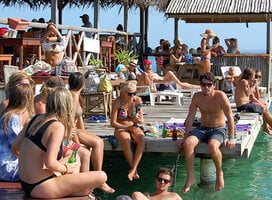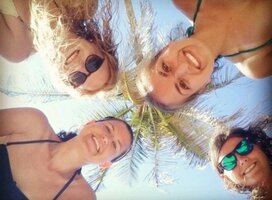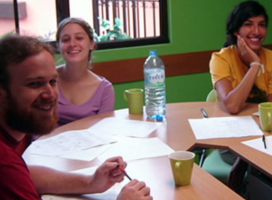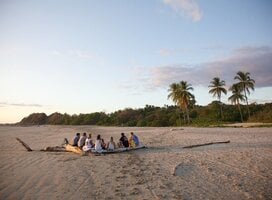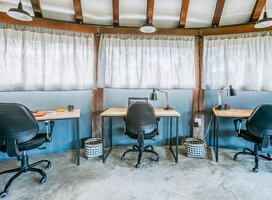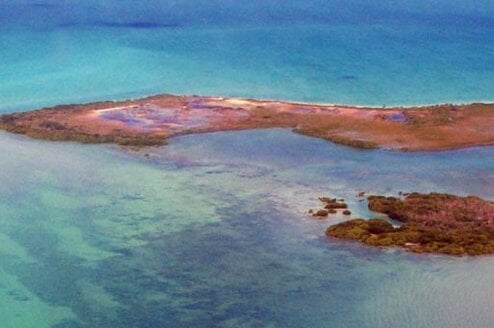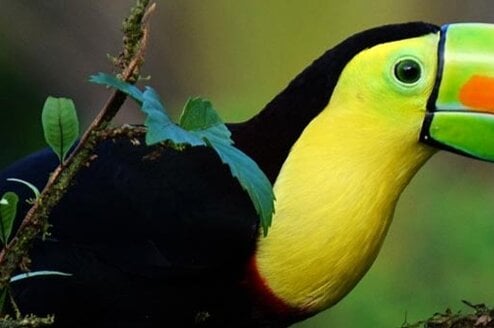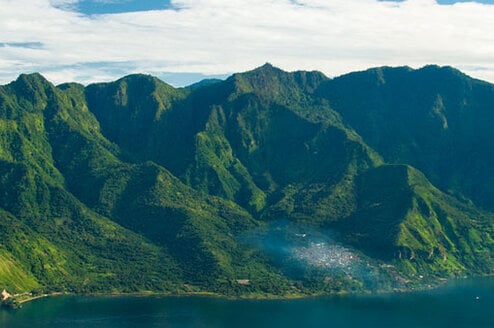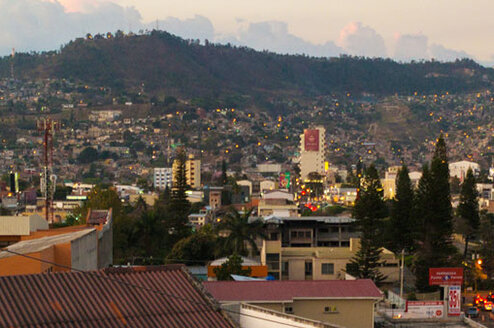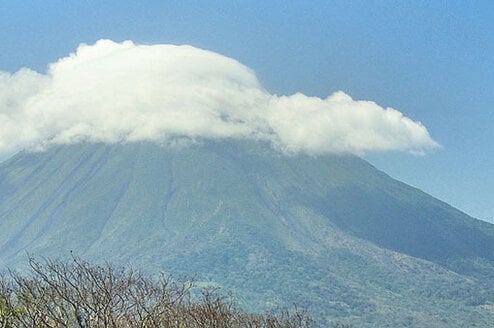Gap Year in Panama
Panama is one of the most unspoiled and beautiful rain forest nations on earth, while also home to perhaps the most economically important 50-mile strip of land in the world. It's also, as we hear, an excellent destination to spend or launch your gap year abroad.
Whether you’re an outdoor adventurer or a budding entrepreneur, Panama is perfect for your gap year. By combining environmental science, business case studies, and a chance to learn a second-language for English speakers, this central American nation has it all.
Not to mention, its proximity to both Central and South America make it an easy and affordable destination to begin a gap year filled traveling Latin America. Whether you plan on making this your main stop, or just one destination on your way further south, definitely don't miss out on the beauty and hospitality of Panama.
A gap year doesn't have to be a full year -- and no matter if you're planning to spend a week or a year here, you can easily find a way to explore Panama on your gap year that will mesh with both your timeline and gap year goals.
Volunteer Programs
As with other Central American nations, volunteering is a popular way to spend a gap year in Panama. If you’re looking to make a difference in the world, spending a year in Panama gives you many chances. The two main types of volunteer programs are humanitarian aid and ecological conservation.
Panama has a healthy economy, but one quarter of the population still lives below the poverty line, especially in the rural, forested areas. Many programs focus on serving these communities by organizing construction and repair projects, and distributing medical supplies and information to those who need them.
Service Learning
Panama's rainforest also attracts conservation projects and organizations -- many of which have opportunities for gappers to learn about modern methods of minimizing environmental impact in an international setting. By learning in the field, on the front line of a shrinking resource, gappers will both contribute towards ecological conservation while developing essential skills for a later career in the field.
Adventure Travel
Panama is also a hub for gappers interested in careers in outdoor adventure tourism. If your dream is guide tours through the rainforest, Panama is for you. Whether you want to be a zipline instructor, river rafting guide, or rainforest survivalist, Panama offers gap year programs to teach these career-oriented skills.
Or, perhaps you just want to go on one of these adventure travel tours for yourself! Go on a DIY hike through rainforests, swim in waterfalls, or spend a day ziplining. If you're into rock climbing, head over to Boquete (a small town just south of Costa Rica which also happens to be one of the most popular cities for Americans retiring abroad to move to...) to climb crazy volcanic rock formations. You can rent gear and a guide there.
Learn Spanish
If you would rather spend your gap year boning up on your Spanish skills, Panama is happy to oblige. In large cities like Panama City, and the popular tourist destination Boca del Toro, intensive classroom language programs are available, averaging anywhere from five to twenty hours of instruction per week. You'll also be able to find them in smaller, more intimate locations as well.
In addition, excursions to other villages -- and even outdoor activities where communication is important, like river rafting -- give gappers plenty of real-world opportunities to use and improve their Spanish; so what you learn in the classroom sticks with you for life!
Travel
Panama’s central location in Central America also makes it a great home base for gappers who wish to travel to nearby Costa Rica, Nicaragua, or the whole of South America. However, be mindful of safety along the Colombian and Panamanian border. Historically, it's been a dangerous one to cross, forcing most travelers to either fly or take a boat rather than travel overland if they're heading south.
Visas
For most North Americans and Europeans, if you're staying in Panama for less than 6 months (180 days), no special visa is required. For an additional fee, a 90-day extension may be applied for once in the country and is subject to a case-by-case approval process.
If you wish to stay for longer, many travelers will do a "border run", exiting and then re-entering Panama to reset their 180 days.
For all other nationalities, consult your embassy's website for more details.
Panama is certainly cheaper than its northern neighbor, Costa Rica, and generally an affordable destination for gappers on a budget. Though rent in Panama City might not be too far off from what you're used to back home, you can easily find a bed in a hostel dorm for around $7.
For food, take advantage of cheap local produce from Panamanian markets and dine out on delicious and cheap comida corriente (street food). Generally, this means eating a lot of rice, beans, and platanos, but if you find the right stall, it's darn good.
If you're truly trying to see Panama on a budget, expect to spend about $35 per day once you're in the country. However, if you're going through a program you may end up spending more or less, depending on what you're doing. Some WWOOF opportunities, for example, will provide housing (emphasis on some), which can help your budget. However, prices for adventure travel tours might cost you an entire day or two's budget.
Also worth noting that the American dollar is the main currency in Panama, and we advise arriving in the country with at least some cash in hand.
